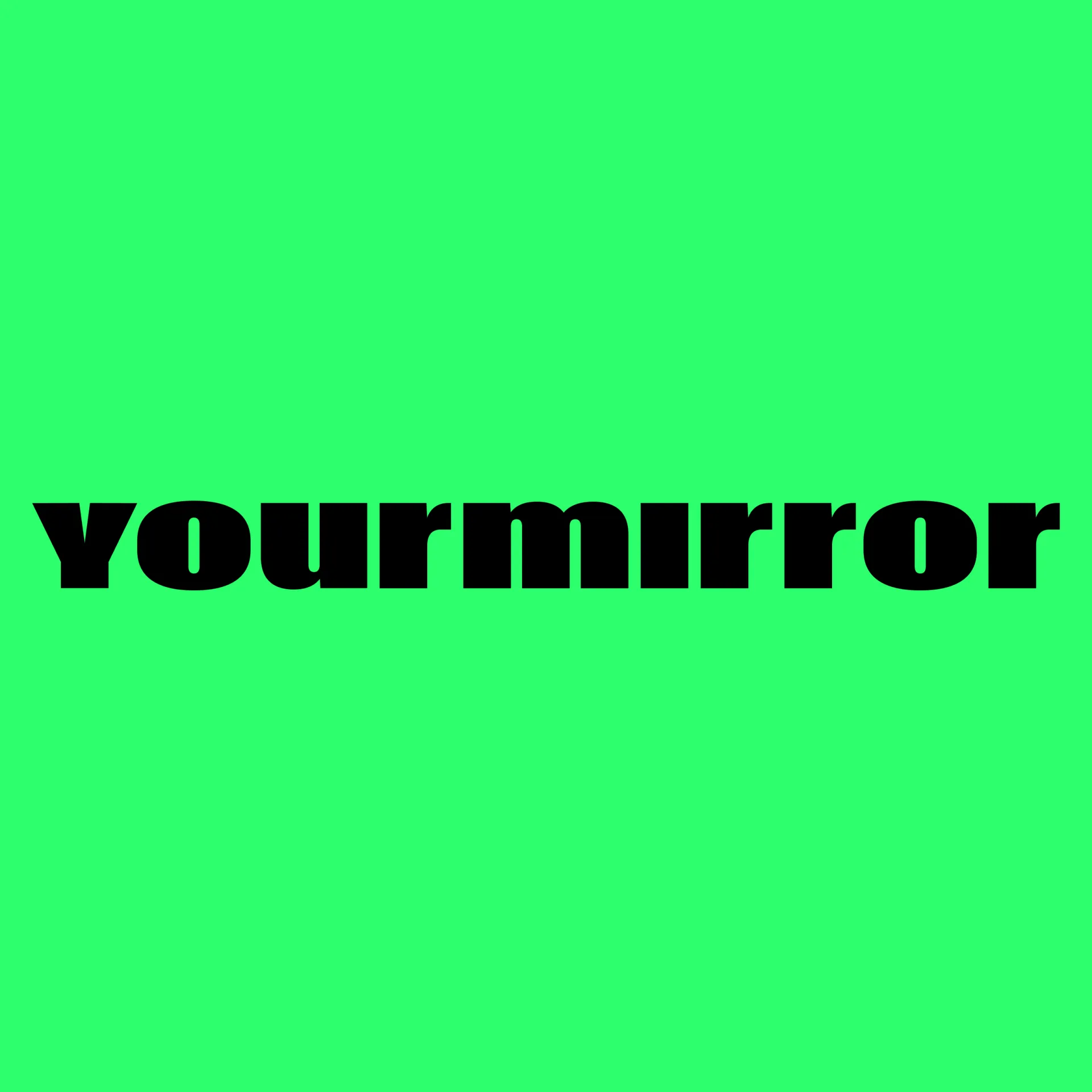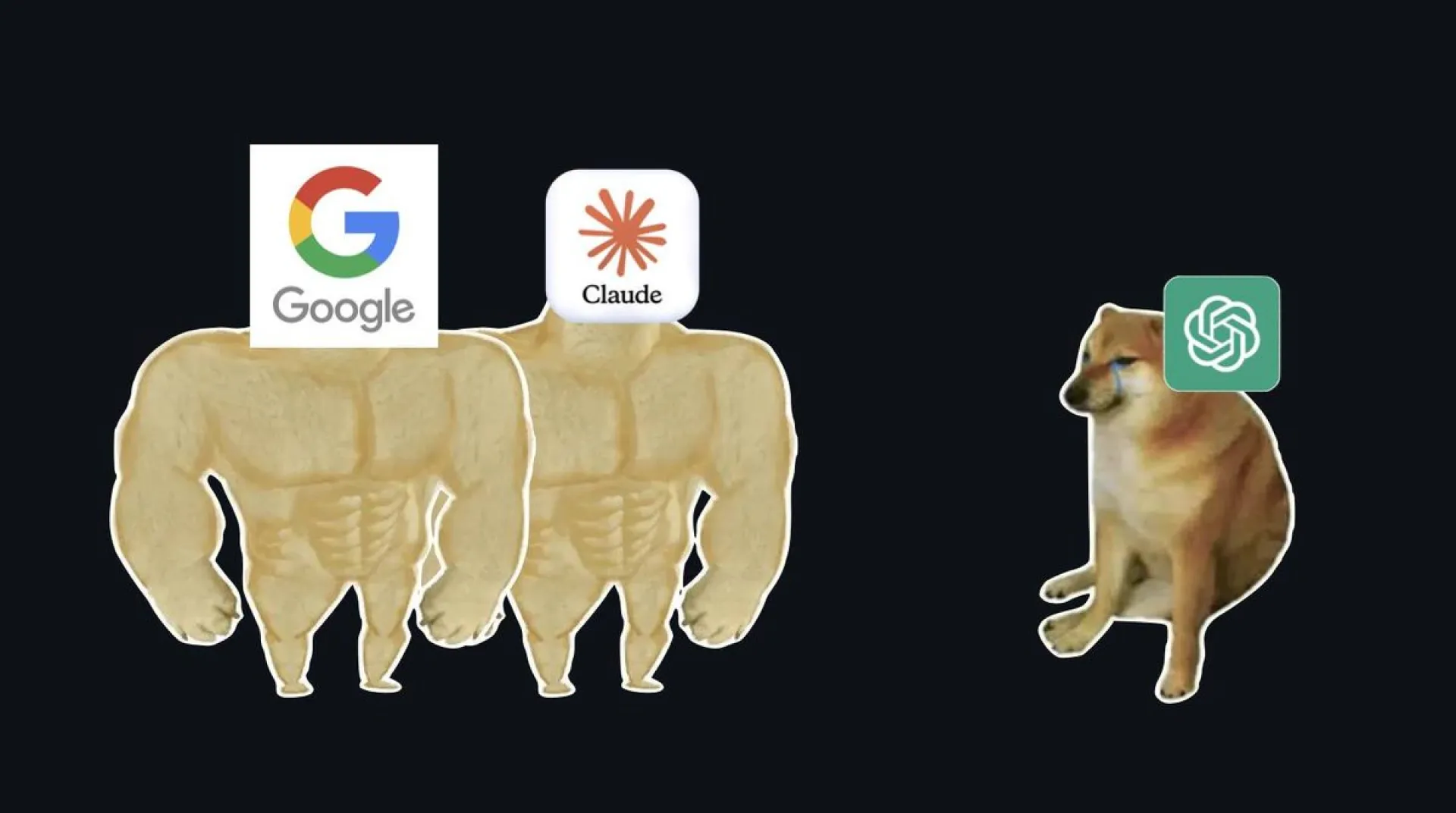Install Huzzler App
Install our app for a better experience and quick access to Huzzler.
Join the Huzzler founder community
A community where real founders build together. No fake gurus, no AI spam.
Join 2,659 founders
Huzzler is a strictly AI-free community
No fake MRR screenshots. Stripe-verified revenue only
Real advice from founders who've actually built
Network with serious builders, not wannabes
These past few days I've been focusing on improving the website's UX. I've completely updated the RemoveBG API interface, switching from a light to a dark theme and trying to make it look more professional. What do you think?
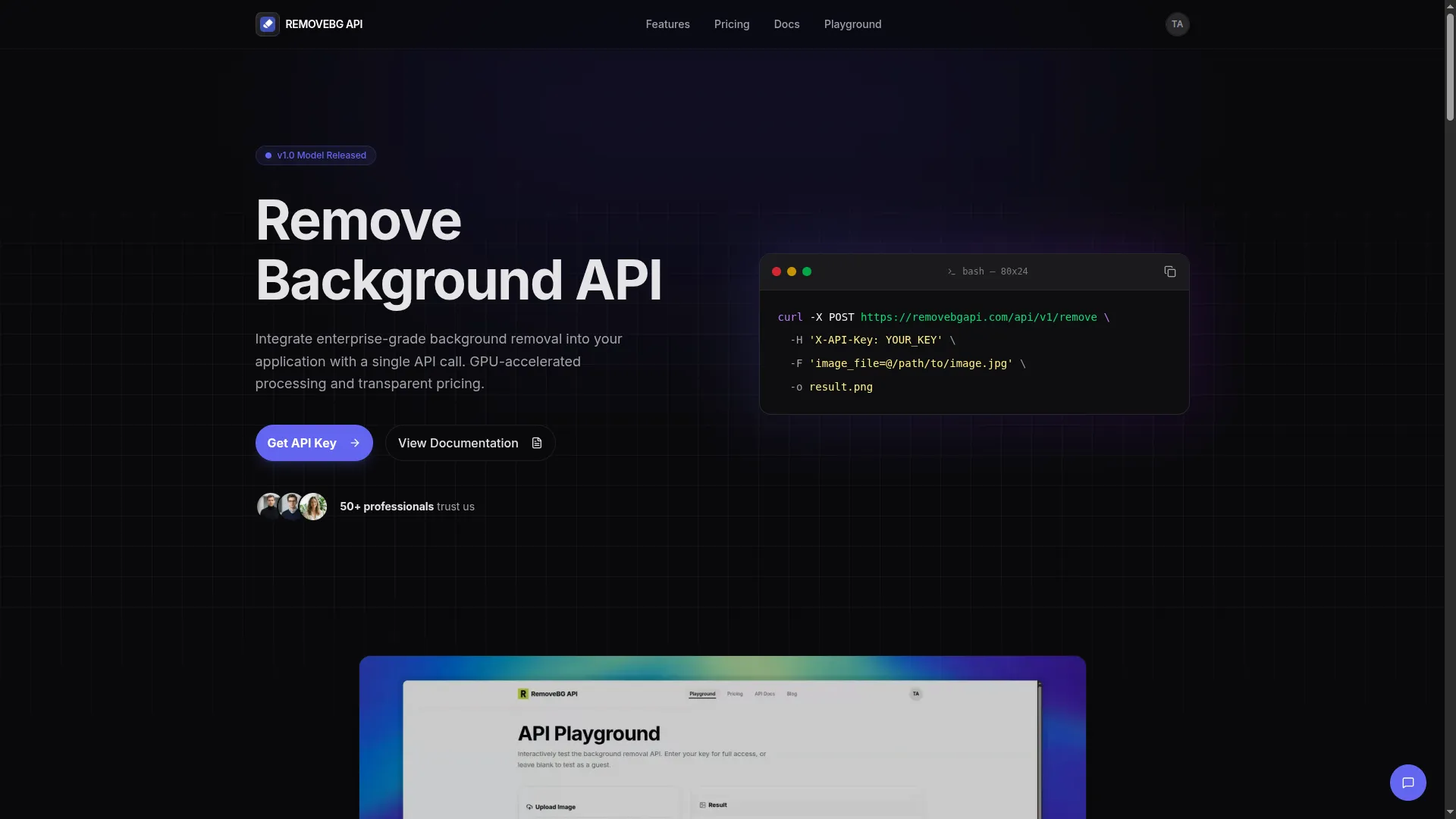
I realized I started indie hacking about a year ago, and from my experience, building a web tool from scratch teaches you a lot more than just copying code from the internet or following a YouTube tutorial

Reach thousands of active founders looking for tools to solve their problems. Our Featured Product placement guarantees premium visibility with 7,458 weekly impressions for post ads (like you are reading right now).
Get direct access to your perfect target audience - people actively building, launching, and growing startups who are ready to invest in solutions like yours. Limited weekly slots available.
Reserve yours now at huzzler.so/advertise
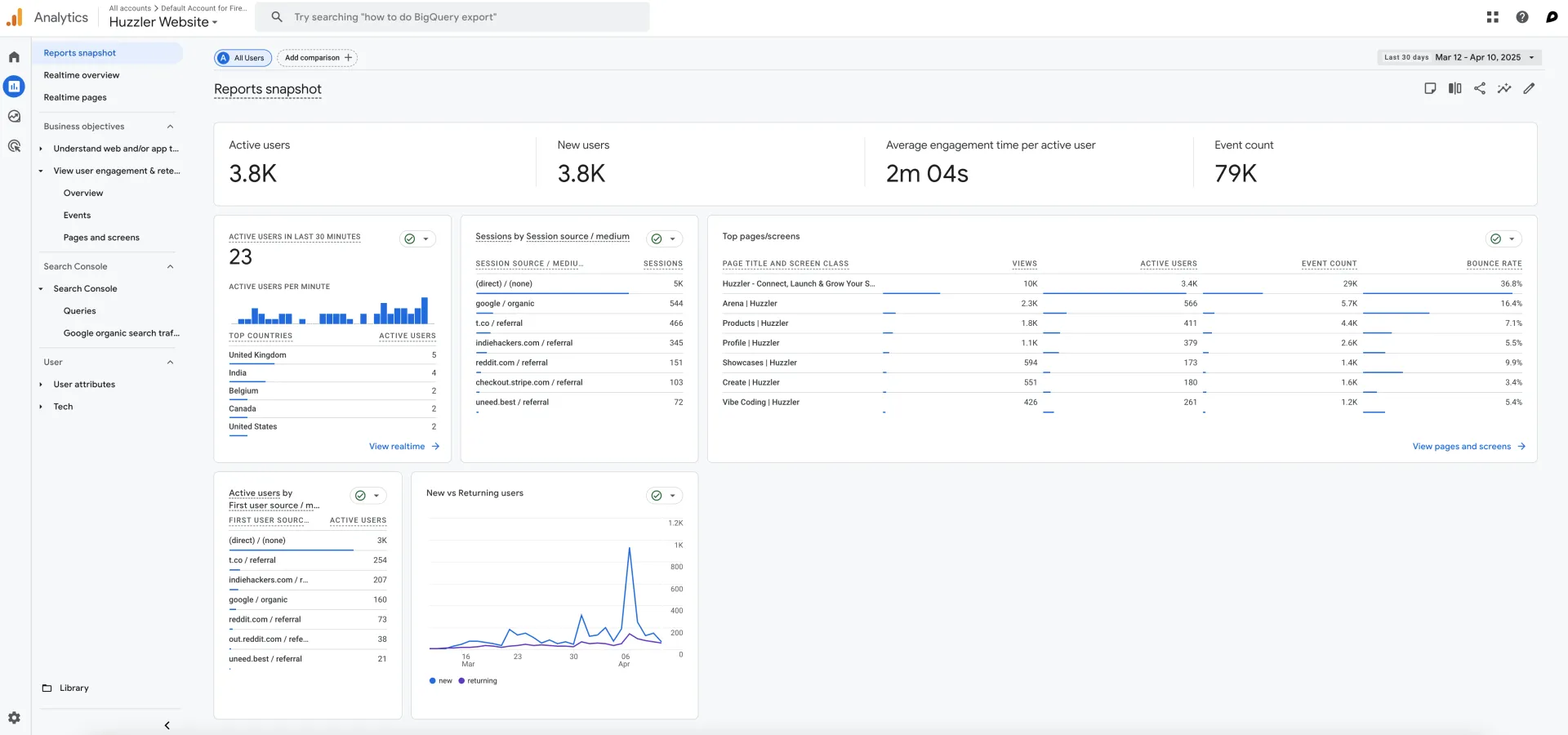
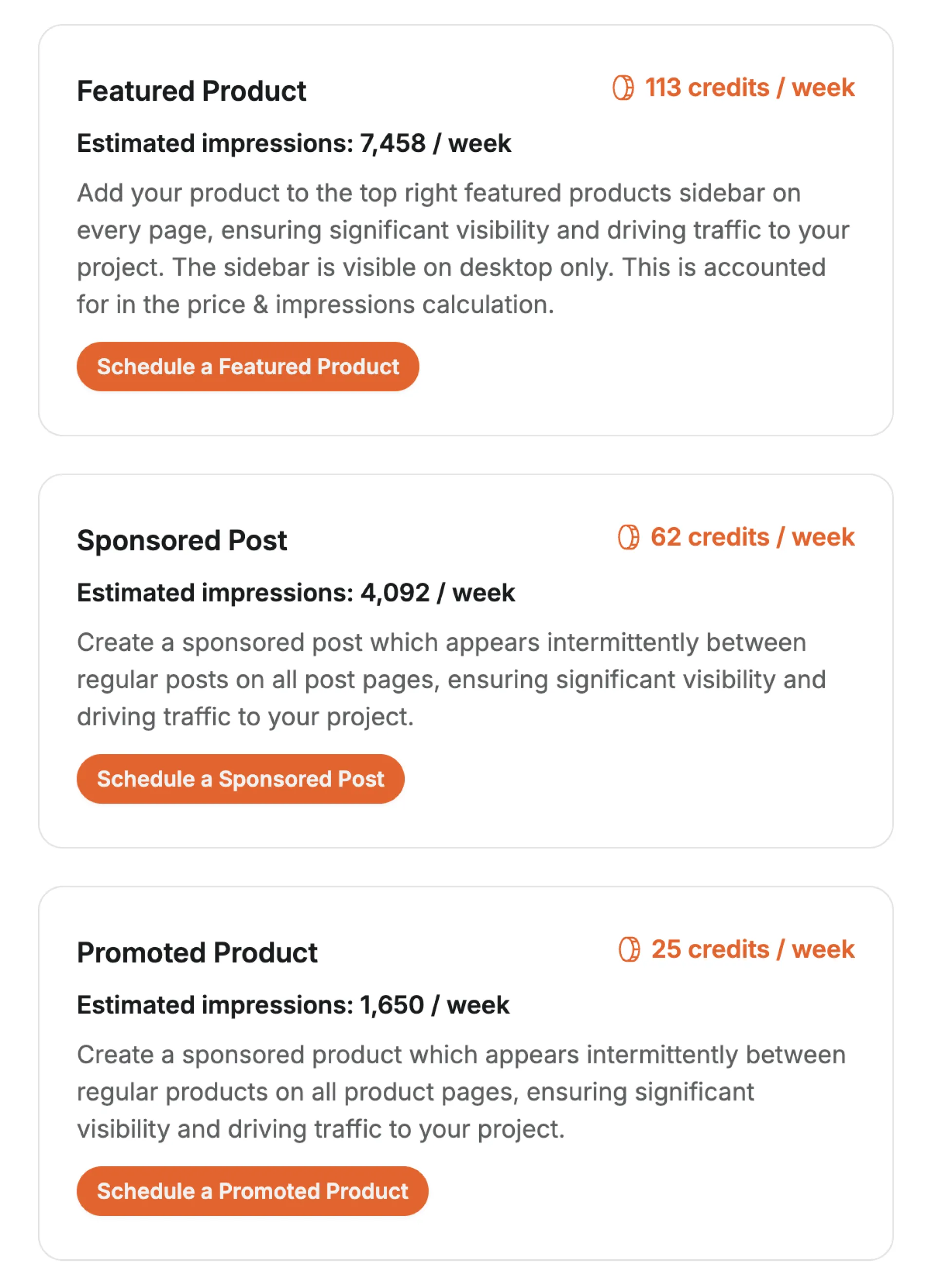
There's no better feeling than receiving a positive testimonial!
Thanks so much for sharing this, Matthew 🙏
Glad to hear the Huzzler ads are working well 😎
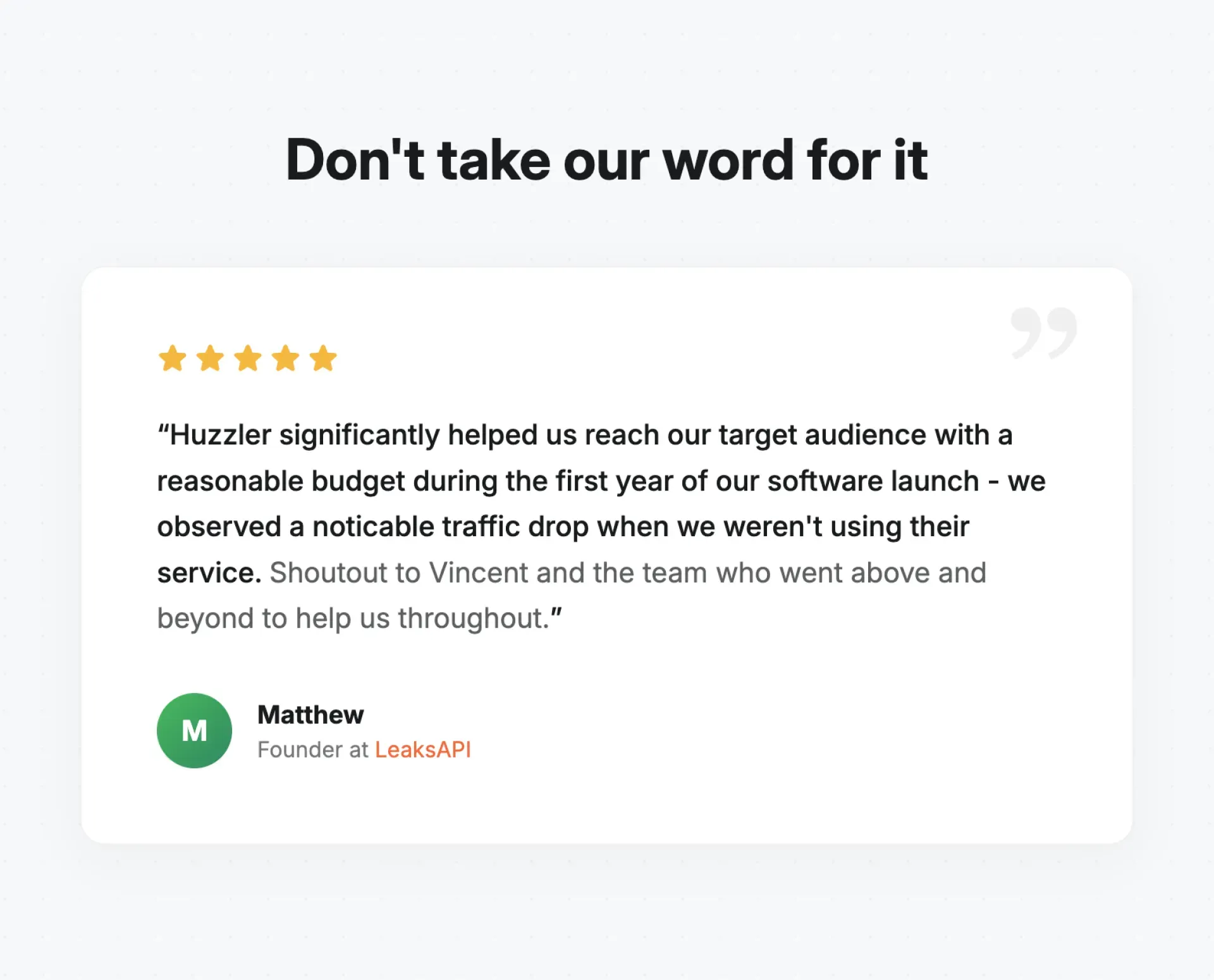
Hey everyone! First time posting here, I have created side project as made it open source.
I wanted a simple self hosted disposable email solution for privacy and control, but I could not find one that fit my needs. So I built TempFastMail. It lets you quickly spin up temporary inboxes on your own server, receive emails without giving away your real address, and keep everything fully under your control.
Code and details are here: https://github.com/kasteckis/TempFastMail
I wanted to ask for ideas and feedback, maybe do you see what's missing and what could you add or suggest?
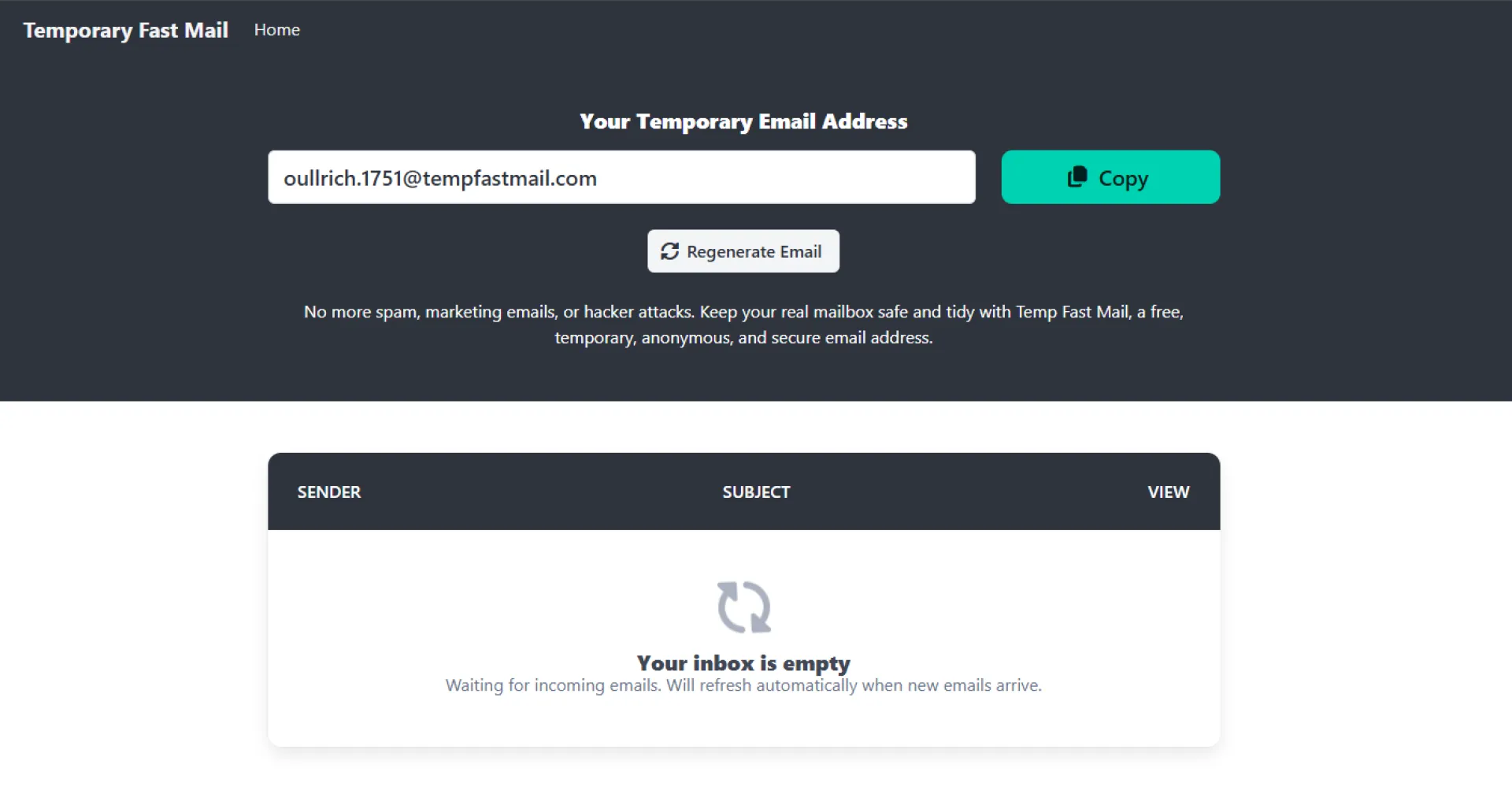
I kept losing track of which plumber, electrician, or technician worked on what at my home, so I built WhoFixedIt.
It’s a simple logbook where you can save service provider details, what they fixed, when the work was done, costs, photos, and notes. The next time something breaks, you instantly know who to call and what was done last time.
WhoFixedIt is available as an Android app on the Google Play Store and can also be used directly in a web browser.
I would love to hear your feedback or suggestions!
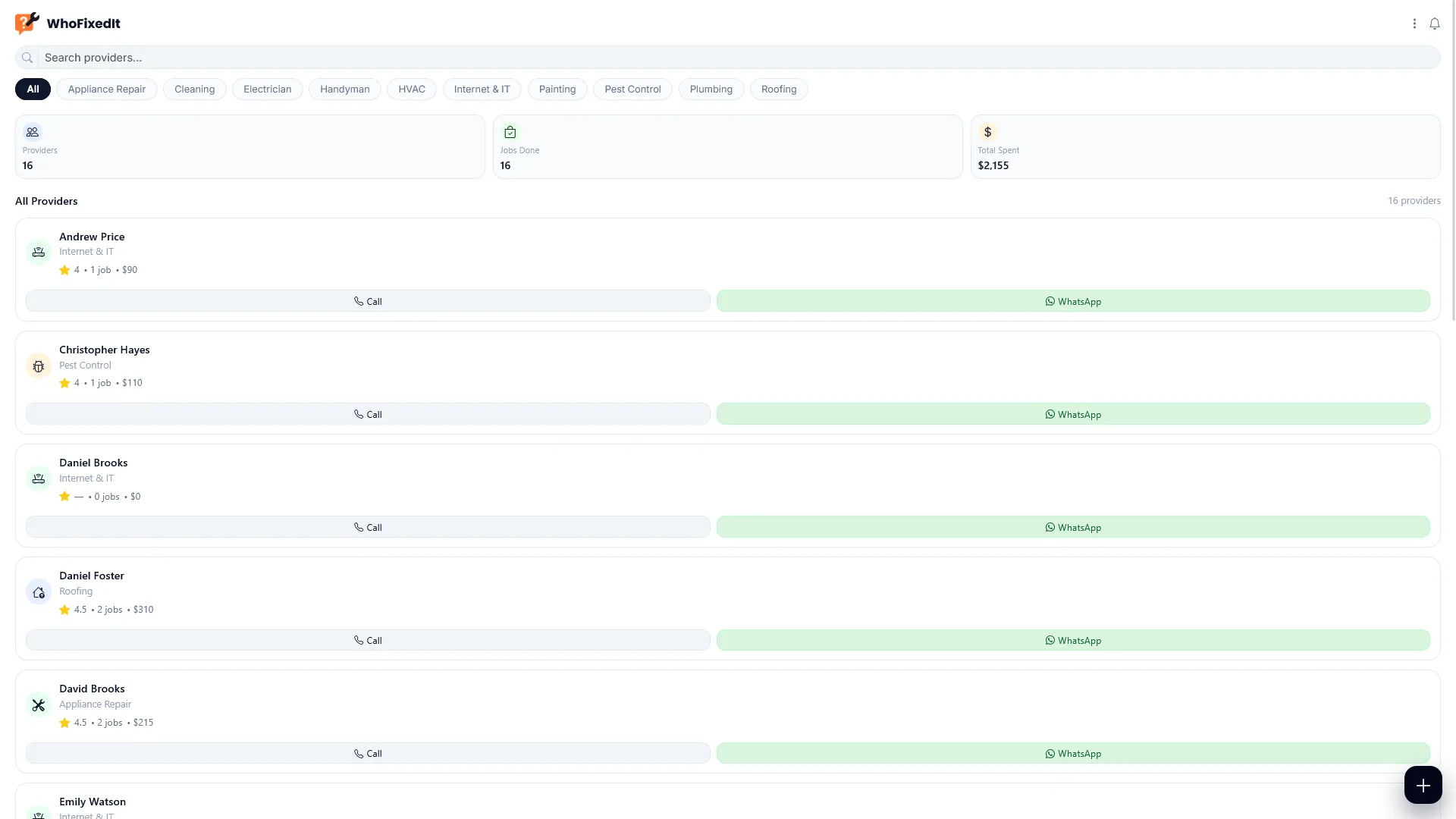
Color palette generator for design systems
Create palette, export to primitive and semantic tokens
Would love to get some feedback
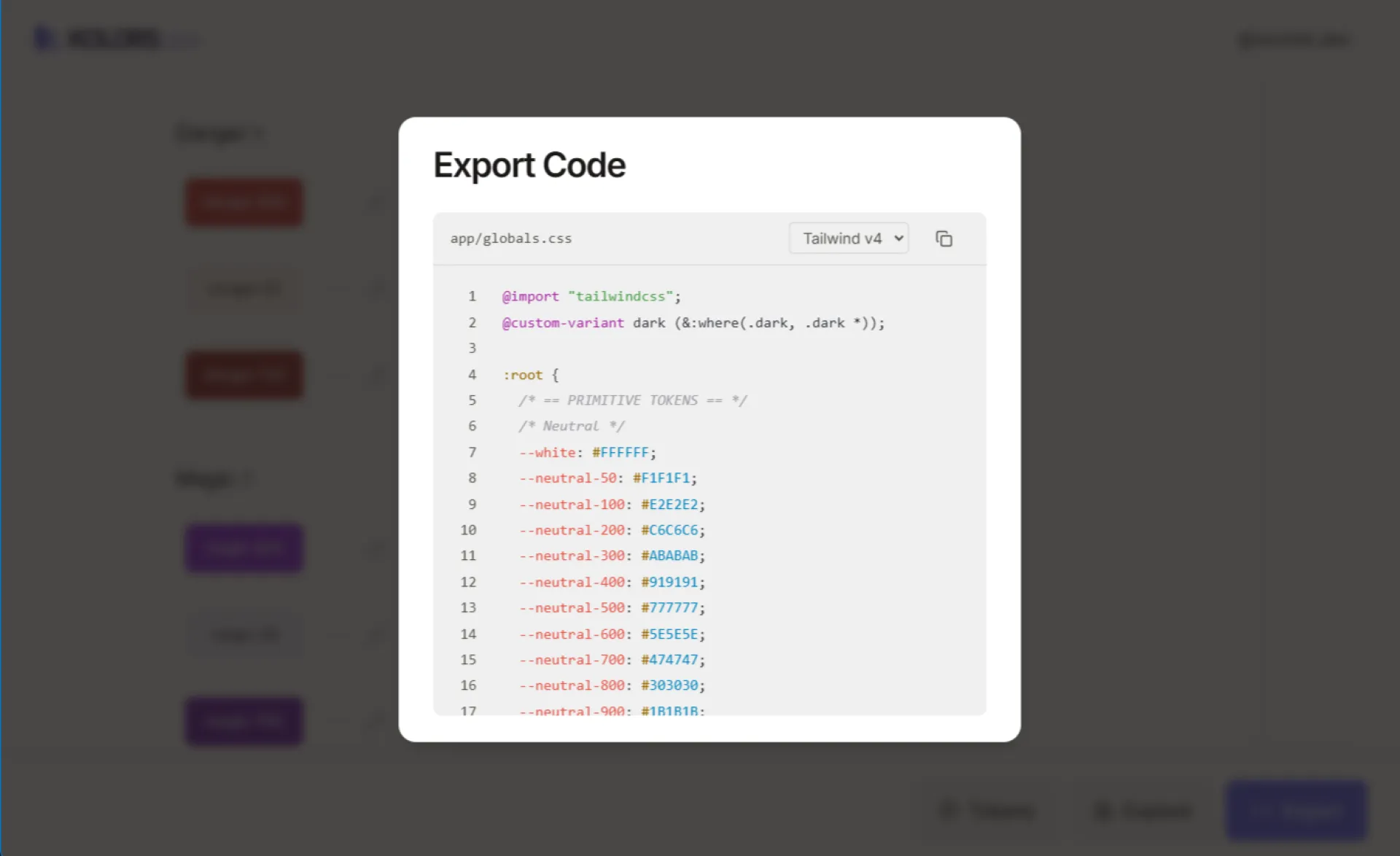
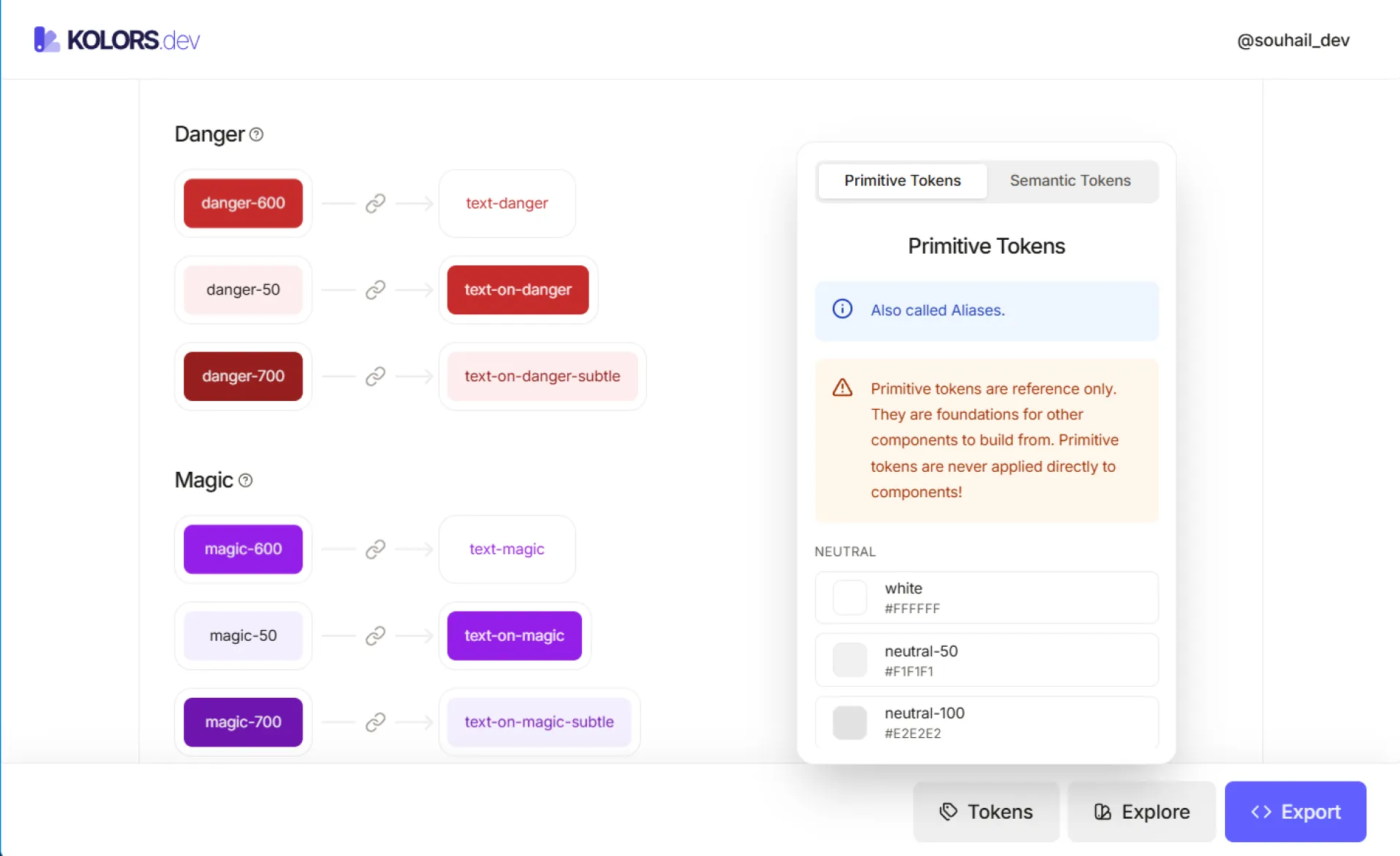
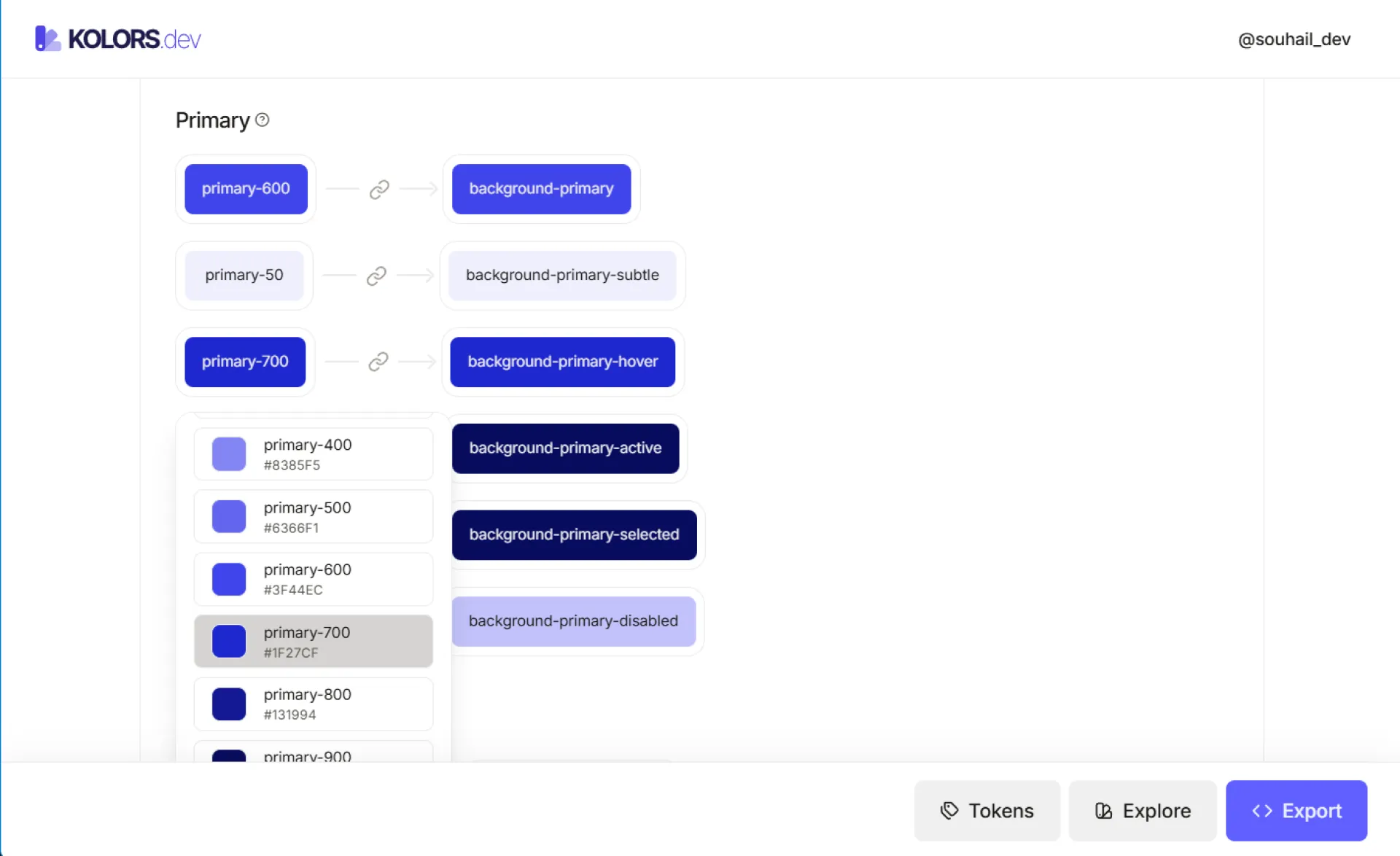
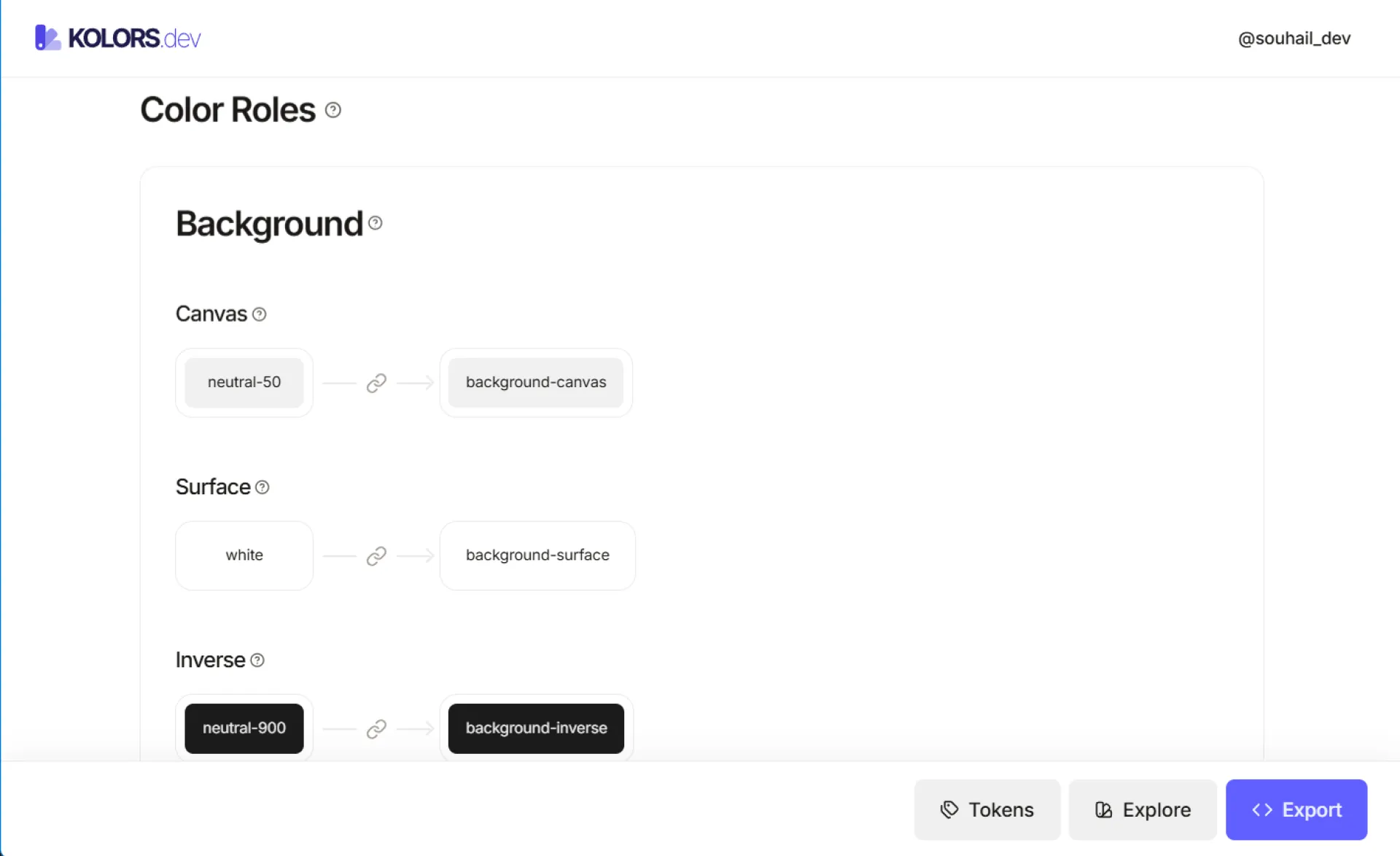
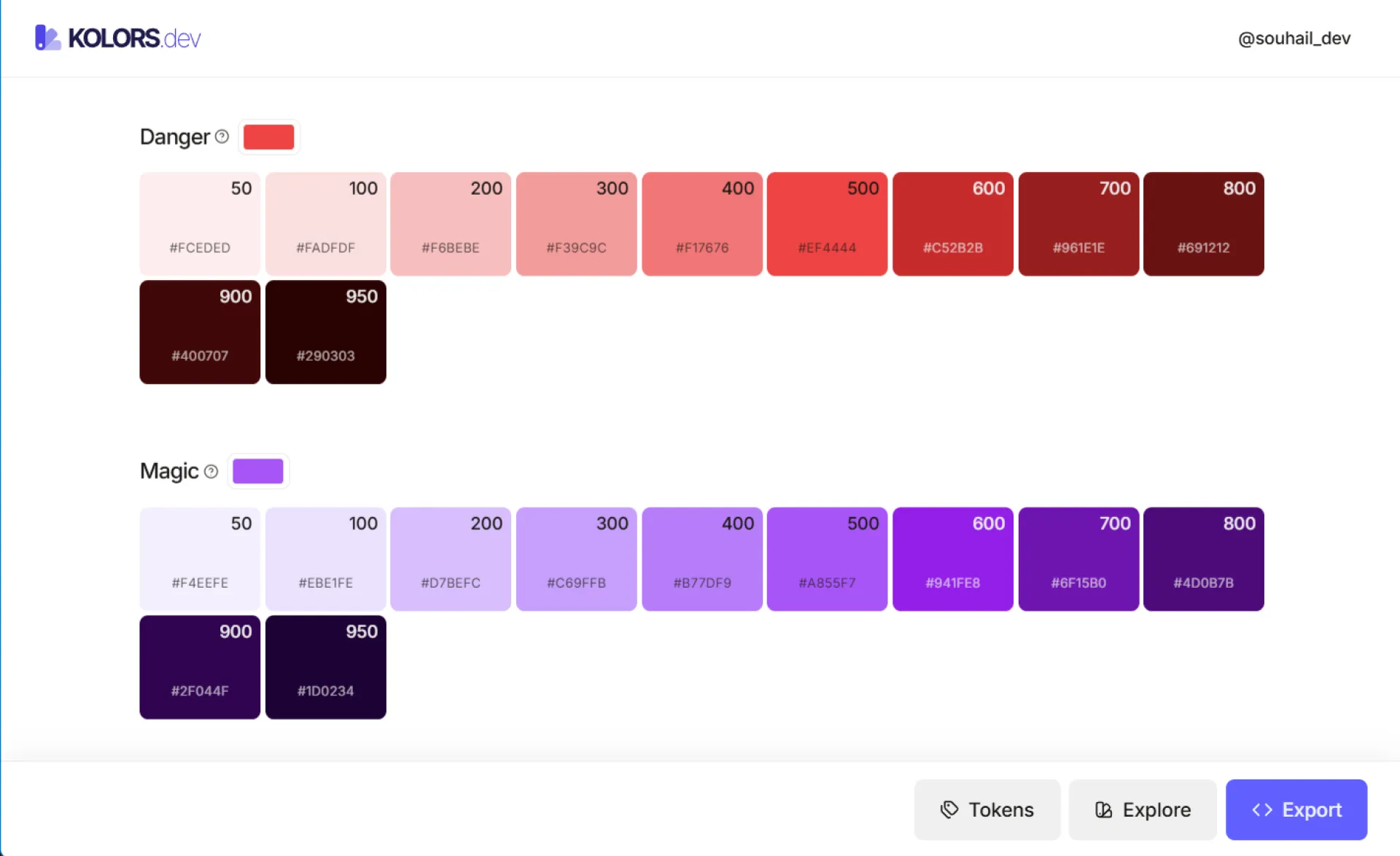
I’m exploring a simple tool idea for people who record audio and then need text fast—think students (lectures), researchers (interviews), and solo creators (podcasts/voice notes).
Problem I’m trying to solve:
Transcribing is a constant “small pain” for these groups. A lot of existing options feel either (a) too complex, (b) subscription-heavy, or (c) annoying to use for occasional needs.
My approach (very early concept):
- Keep the workflow minimal: upload audio → transcribe → get clean text
- Offer a small free starting allowance
- Instead of a subscription, sell one-time credit packs (“buy more minutes when you need them”), so there are no recurring charges
Where I’m unsure / what I’d love feedback on:
- If you transcribe audio at all, do you prefer subscription or pay-once credits? Why?
- What’s the “must-have” output for you: clean paragraphs, timestamps, speaker labels, subtitles (SRT), exports?
- What’s the biggest trust blocker: privacy, accuracy, speed, file limits, pricing clarity?
- What would make this not worth using compared to what you already do?
I’m not trying to promote anything here—just pressure-testing whether the pricing model + simple workflow matches real needs. Any honest feedback (even “this is pointless because…”) would help a lot.
Guys, I just got my very first sale ever. It’s a small step, but it feels huge to me.
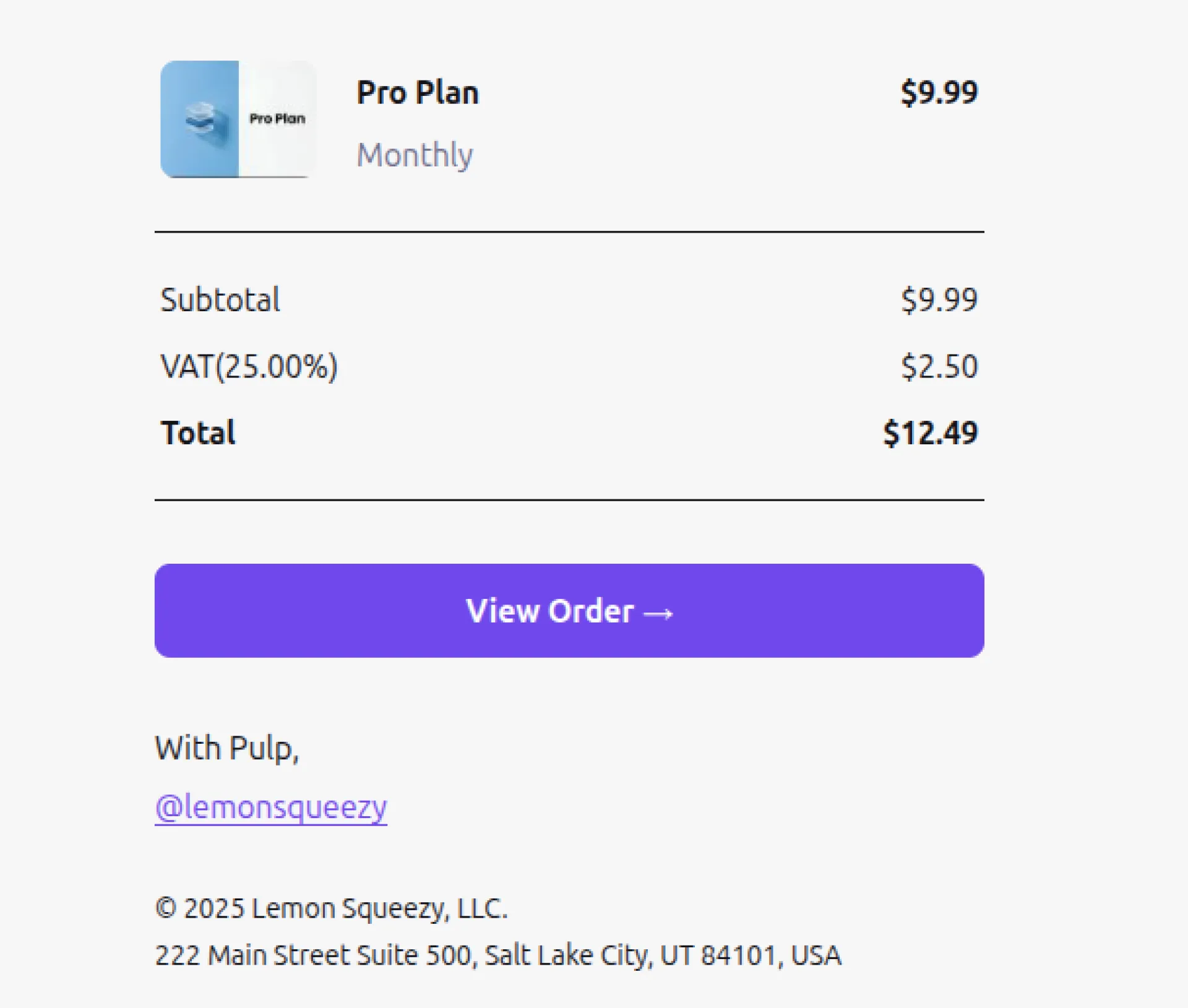
Hey Huzzlers, Vincent here 👋 (founder of Huzzler).
Working on Huzzler for the last 6 months (2400+ founders, 1400+ products), I've started seeing a pattern: incredible products with 0 customers. It's truly saddening. So much potential, but people don't even know these products exist.
Most founders try to post on Huzzler, Product Hunt, X, Reddit , try ads.. but no results.
So I started wondering, what exactly is the problem? not enough information? bad products? Badly configured ads? ... No influence?
None of that. What worked for me (to grow Huzzler) was creating a system that forced me to:
- Define ONE narrow ICP (stop selling to everyone)
- Update messaging to resonate with that ICP
- Follow a daily routine of tasks
- Build a permanent Knowledge Base
This is why I'm building the Customer Engine: it's a system specifically Built for B2B SaaS founders who need their first paying customers. It works for any kind of B2B SaaS. You can see all features on the website
Why $499 one-time instead of a subscription?
The goal was to create an asset (the Customer Engine) you buy once and profit from forever. No monthly fees eating away at your profits.
E.g. If Customer Engine helps you land just 2 customers at $45/month, it pays for itself in 3 months. After 12 months, that's a $5,000+ ROI.
And that's for only ONE product. You get unlimited projects with lifetime access, so you can use it for every SaaS you build. The ROI compounds. Plus you get all future updates.
(Affiliates coming soon)
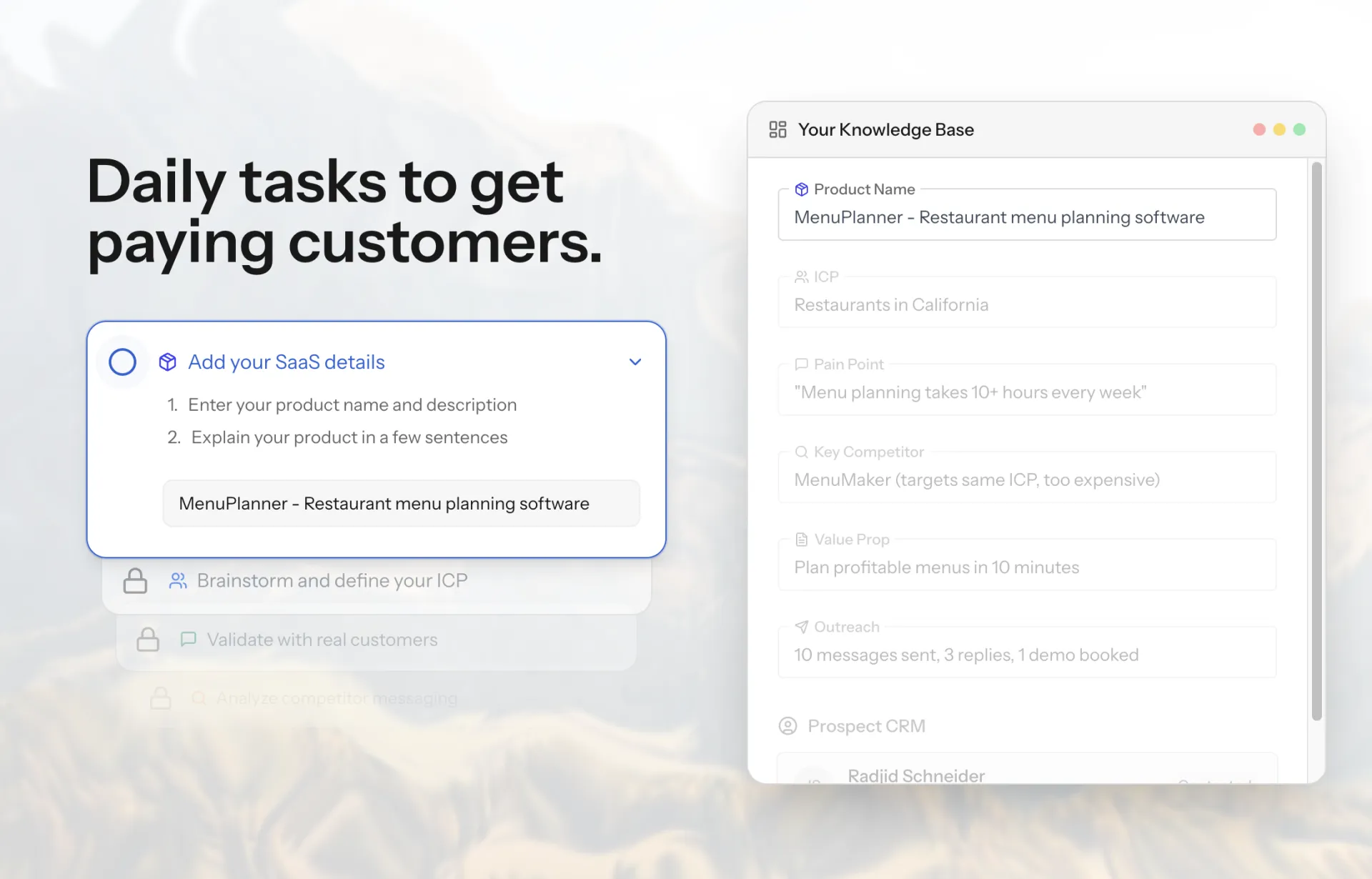
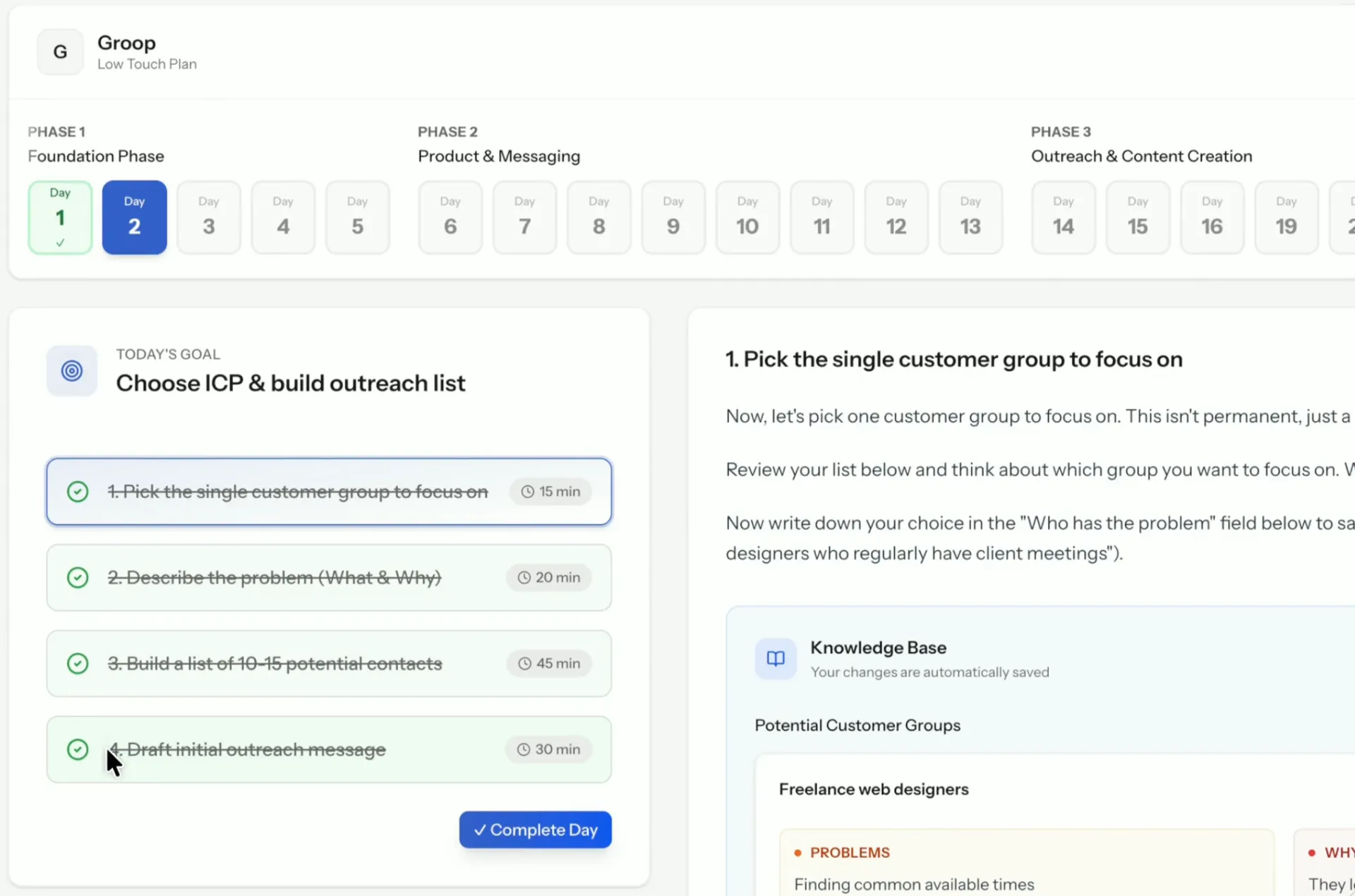
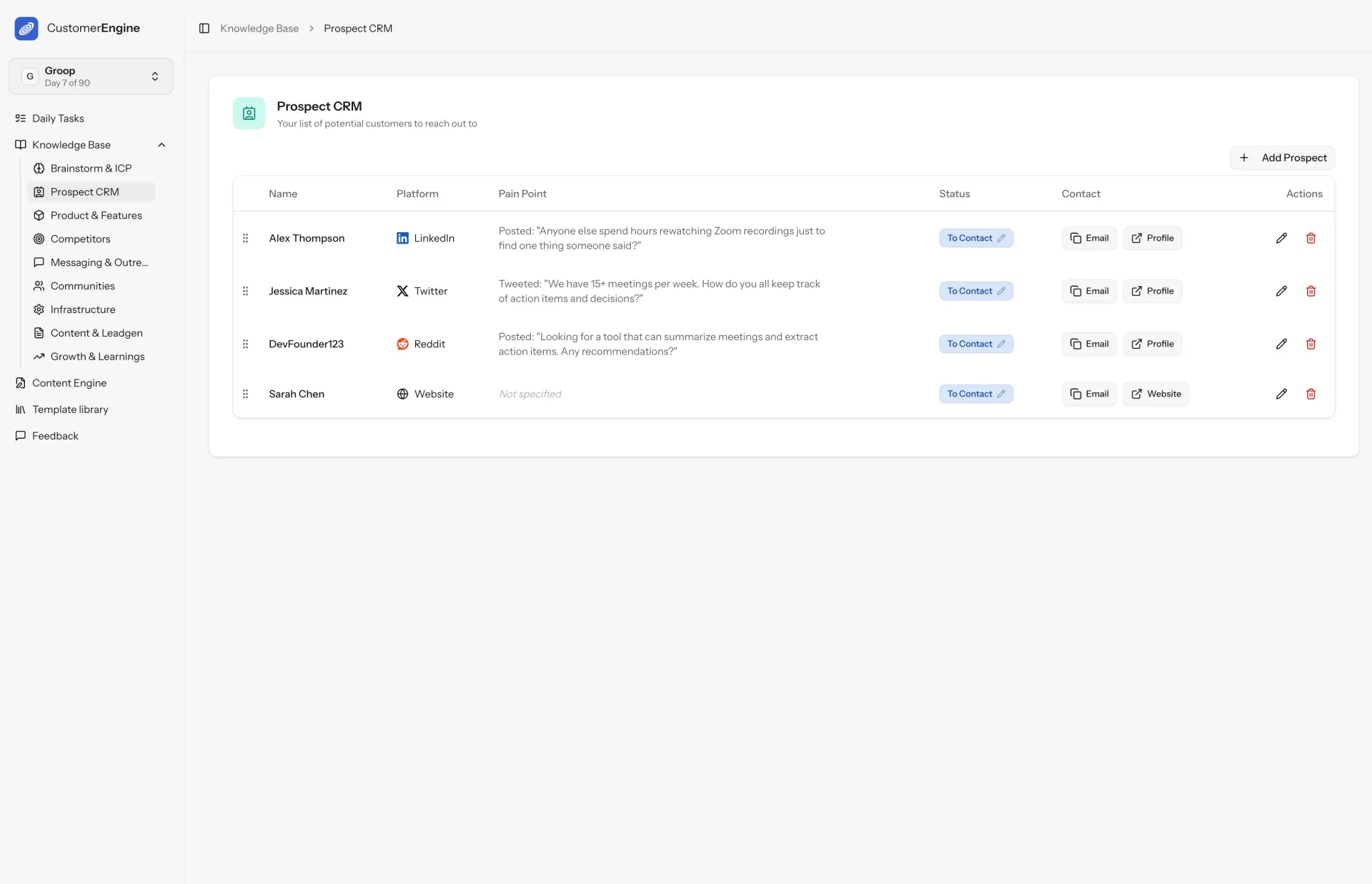
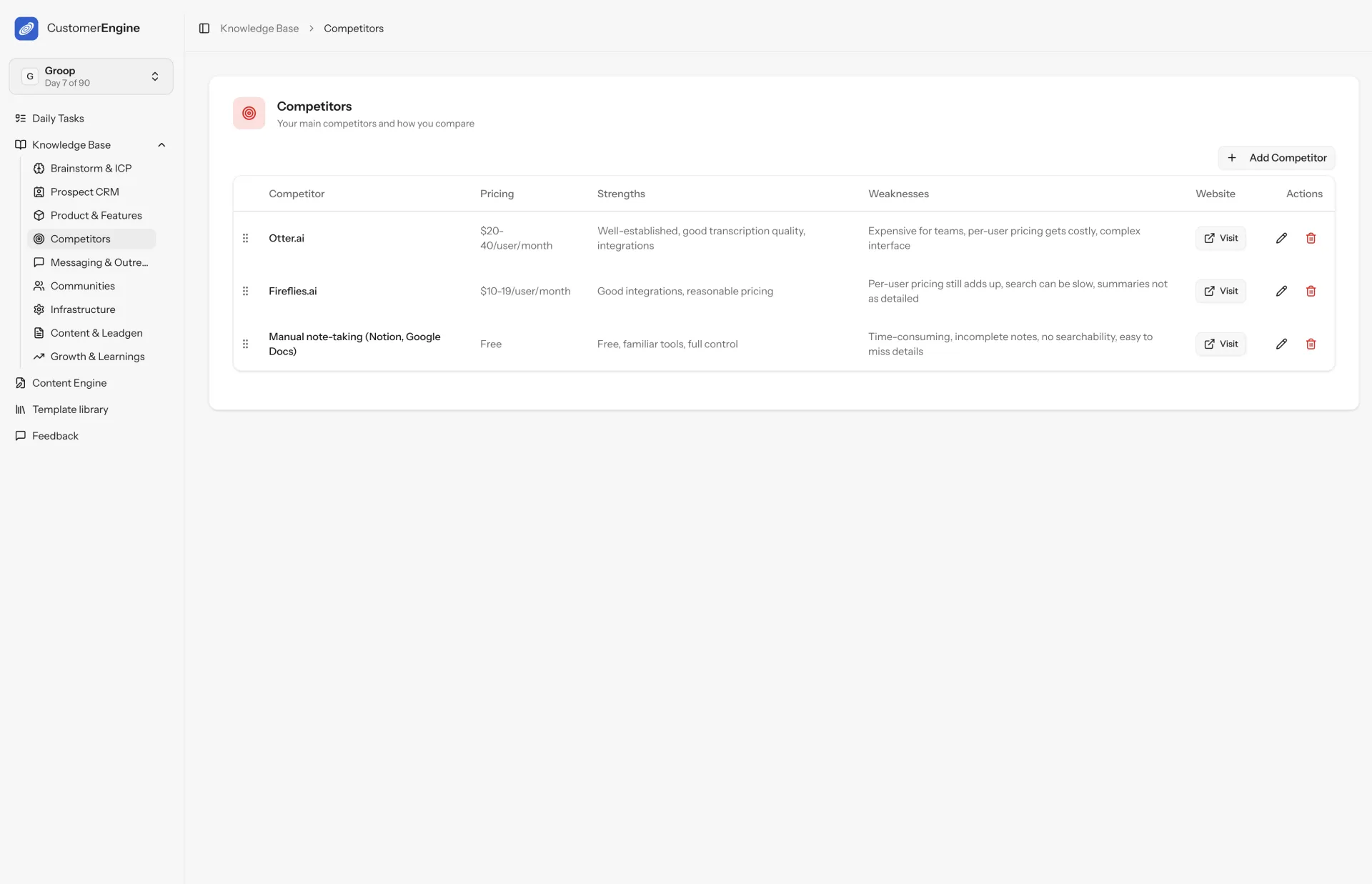
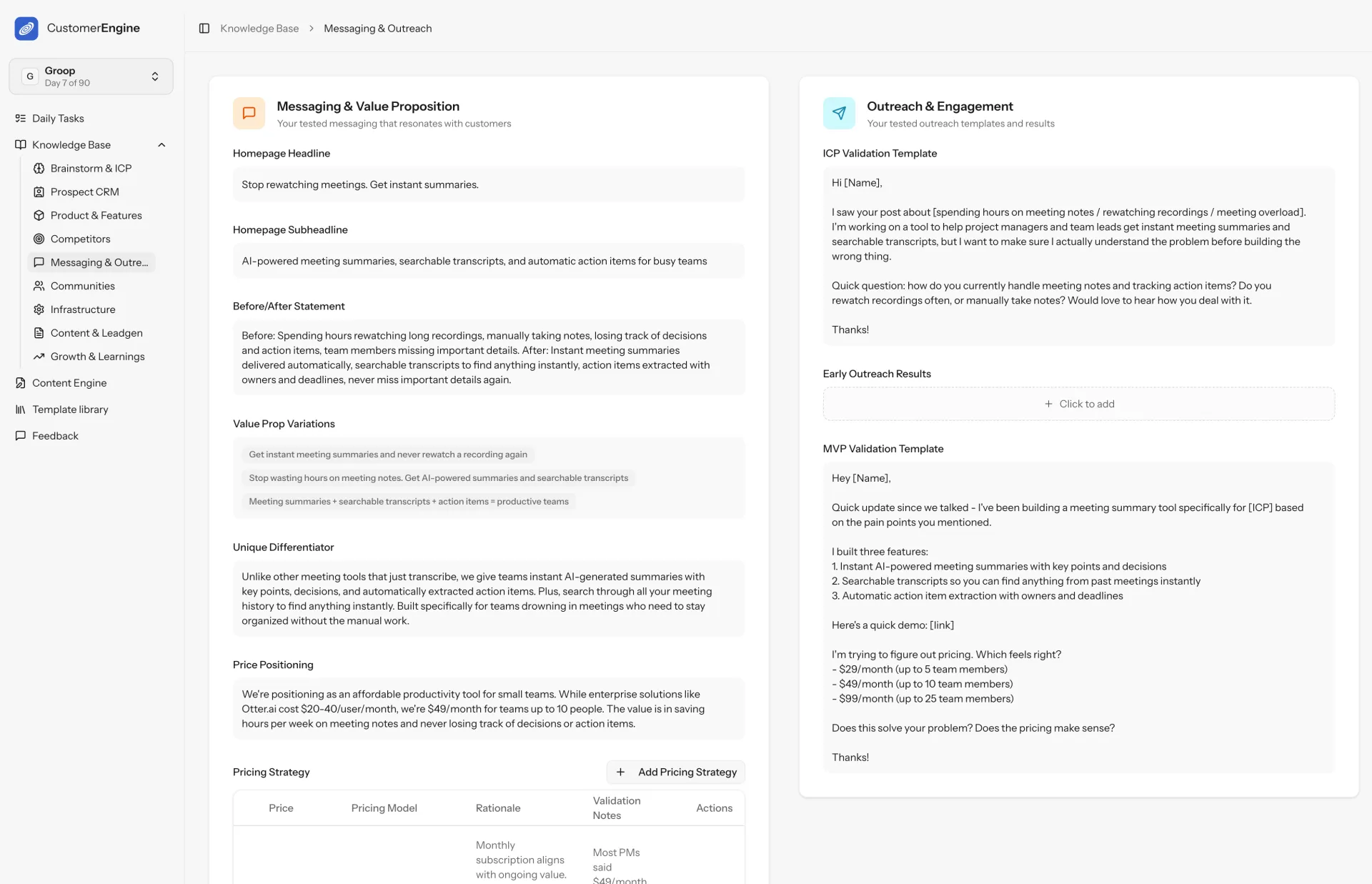
To some, it's nothing. To me, it's 65+ strangers on the internet trusting my code enough to open their wallets.
2 months of grinding. 300 signups. That's a ~21% conversion rate.
Now the real sprint begins.
Just crossed the halfway mark to my end-of-year goal.
18 days left to hit $1k.
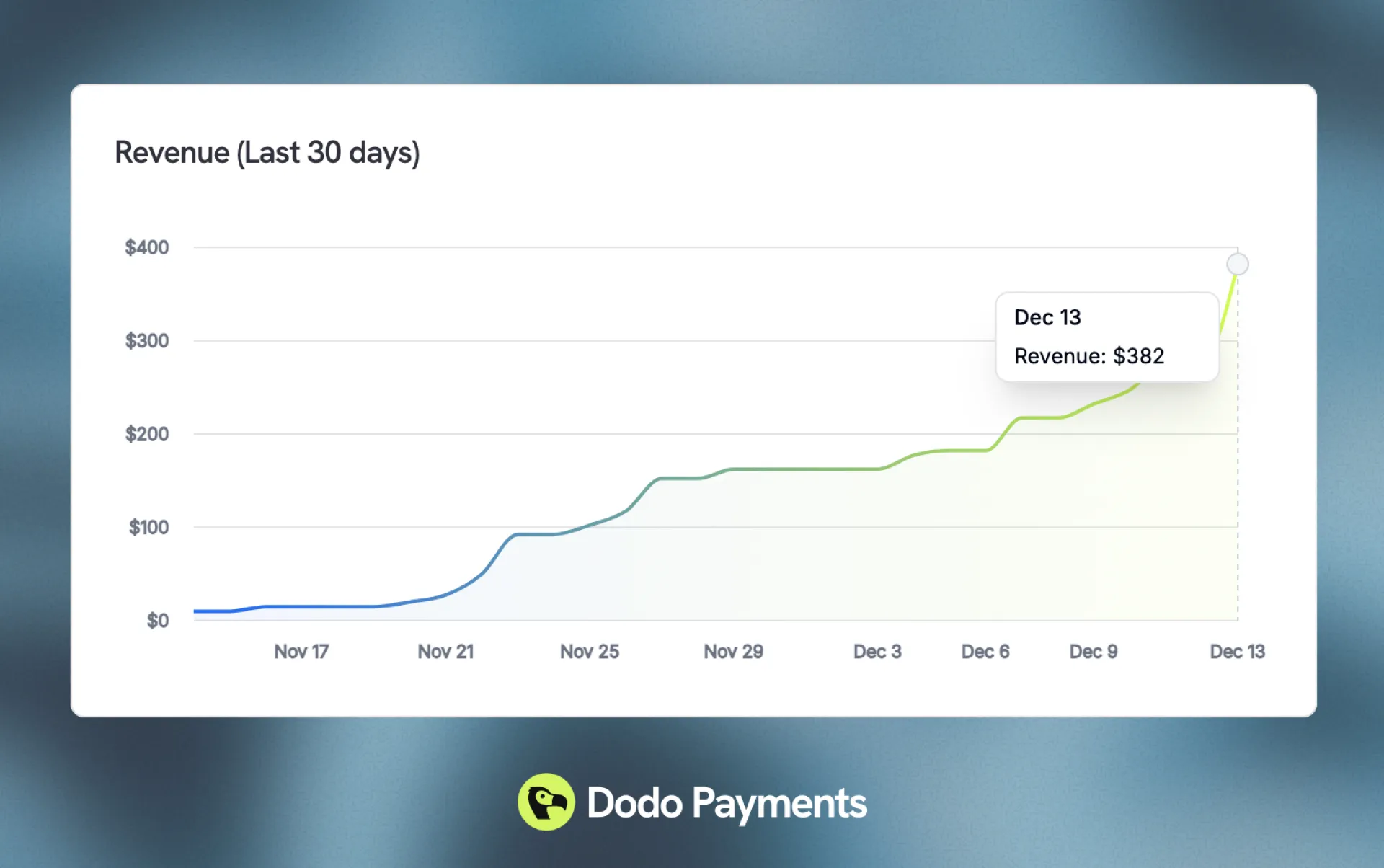
We´re live on Product Hunt : )
Come support us:
https://www.producthunt.com/products/yourmirror-dress-the-world-with-ai?launch=yourmirror-dress-the-world-with-ai
